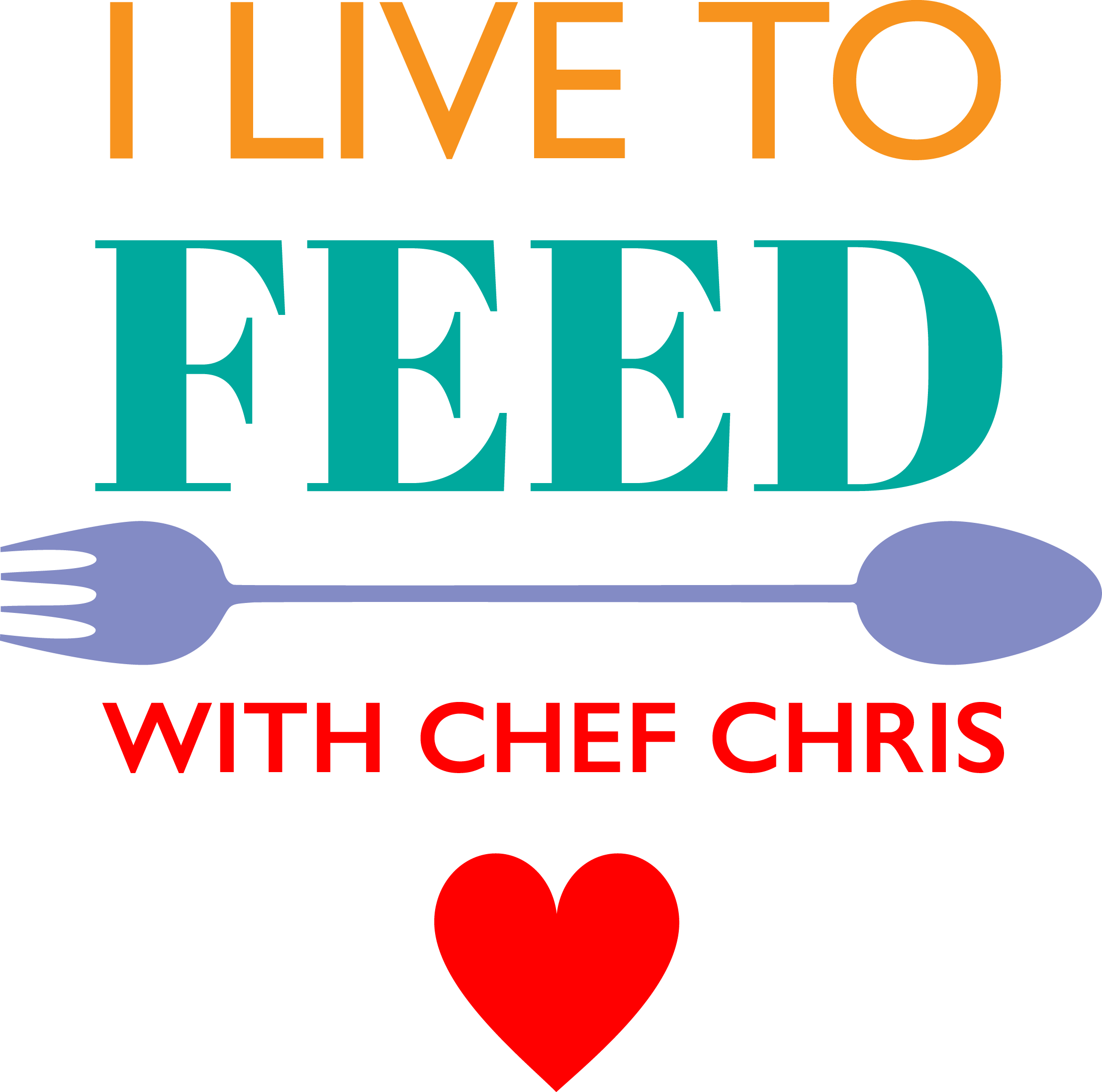When you pay for a box of elbow macaroni, you are also paying for the packaging, so bulk is generally cheaper. This isn’t always the case, but usually. Since I am often refilling a container, the reduction in waste weighs into my decision along with cost. Because products at a natural grocery store, like a co-op, are of high quality, it can seem more expensive to shop there, but throwing away unused food isn’t free and savings in the bulk section can be significant, balancing out cost. Higher demand also lowers prices, of course.
All I am saying is, give bulk a chance.
How to shop in the bulk section
You don’t need to bring your own containers, but is is part of the fun of bulk shopping. There will be plastic bags handy for you to put your nuts, macaroni or lentils in, then mark it with the bin number. Often the twisties have a spot for the number too.
For the brunch class I taught this week I needed 2 teaspoons of Pimenton, also known as Spanish Paprika. It imparts a certain smokiness that I wanted for a dish I was making, but I didn’t need a whole jar of it. No problem! I got one scoop out of the “bulk” jar at the co-op, and it cost .37 cents.
I also wanted cornmeal and was able to pick up a cup and a half, exactly how much I needed for the recipe. Again, this cost less than a full package, and if I’m not in the mood for grits or polenta again for another year I won’t worry if it’s gone off and feel compelled to chuck the unused portion. I brought my own “cornmeal jar” and so I had the added benefit of cutting down on packaging that ends up in the landfill. So many perks to shopping in the “bulk” section!
If you want to reuse a container, simply ask for a TAR (the weight of the jar empty) when you come in. I usually put a piece of masking tape on my jars to make it easier, then fill my container and mark it with the bin number. Easy-peasy! When you check out, the weight of the jar will be deducted, so no worries.




